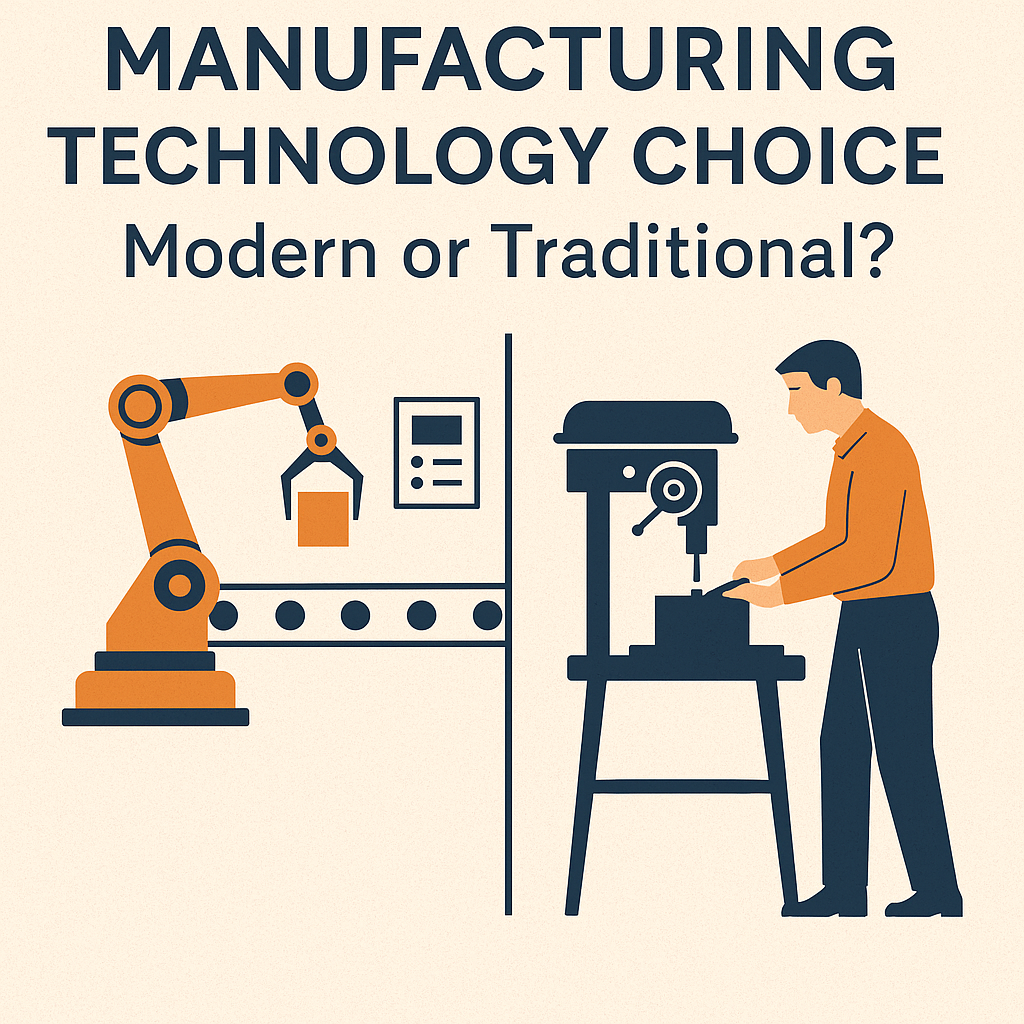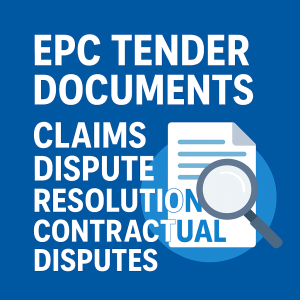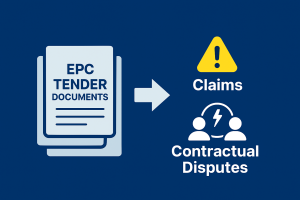When it comes to manufacturing technology choice, many new investors face a common dilemma: should they invest in the latest, most modern equipment or opt for more traditional, cost-effective options? This decision is critical and can greatly impact the success of the production facility.
It’s natural to want to use cutting-edge technology for manufacturing. However, the key question to ask before making your manufacturing technology choice is:
Who is my target market, and can it support the quality and costs that come with modern technology?
Understanding Your Manufacturing Technology Choice
Choosing the right manufacturing technology means balancing innovation with market demands and budget constraints. For example, investing in expensive modern equipment only makes sense if the market can absorb the higher production costs and appreciates the superior quality.
Modern vs. Traditional Technology Choice: Pros and Cons
In a recent business plan I prepared, there were two clear options for manufacturing technology:
-
Traditional technology, which is low-cost but produces medium-quality products
-
Modern technology, which is costly but offers products competitive with European standards
When I asked the investor about their target market, they were unsure. After consulting with an experienced export merchant, it became clear that focusing on middle- and low-income markets was the best strategy. This made the manufacturing technology choice straightforward: traditional technology matched market needs better, had fewer environmental restrictions, and significantly lowered investment and operating costs.
Matching Your Manufacturing Technology Choice to Market Needs
Just like driving a luxury car through narrow city alleys might be impractical, using high-end manufacturing technology to serve a market that does not value or cannot afford it is inefficient. The right technology choice depends on matching product quality and cost to real market demand.
Cost Implications of Your Manufacturing Technology Choice
By opting for traditional technology, the investor reduced setup costs by half and production expenses by 150%, while producing products with genuine demand. Making a wise manufacturing technology choice can be the difference between profit and loss.
Leadership Means Making Data-Driven Manufacturing Technology Choices
Effective industrial leadership involves making informed decisions based on data, market analysis, and economic logic. Success is not accidental — it comes from strategic choices.
Before committing to expensive modern technology, pause and ask:
Is this manufacturing technology choice the best fit for my market and investment goals?



